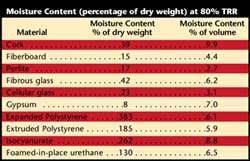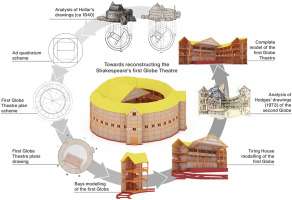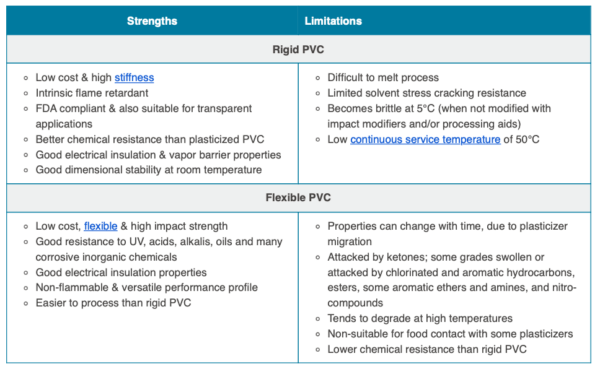The Empire State Building, a towering symbol of New York City and American ingenuity, is constructed from a fascinating blend of materials. Its enduring strength and iconic silhouette are thanks to a carefully chosen combination of steel, concrete, limestone, and aluminum. Understanding the specific materials used in its construction reveals a great deal about the architectural and engineering challenges faced during its creation and explains how the Empire State Building has stood the test of time. The innovative use of these materials, particularly steel, allowed for the unprecedented height and relatively rapid construction pace of this landmark. The Empire State Building truly represents a triumph of material science and architectural vision.
The Backbone: Steel Framework
The primary structural component of the Empire State Building is its steel framework. Approximately 57,000 tons of steel were used to create the building’s skeleton. This steel frame provides the necessary strength and stability to support the immense weight of the building and withstand the forces of wind and weather. The steel was manufactured using the Bessemer process, a relatively new technology at the time, allowing for the mass production of high-quality steel.
The Skin: Limestone, Granite, and Aluminum
While steel provides the internal strength, the exterior of the Empire State Building is clad in a combination of materials that contribute to its aesthetic appeal and weather resistance.
- Indiana Limestone: The majority of the facade is covered in Indiana limestone, chosen for its durability, light color, and relative ease of carving.
- Granite: A band of granite is used at the base of the building for added strength and visual contrast.
- Aluminum: Aluminum is used for decorative panels and spandrels, adding a touch of Art Deco flair and contributing to the building’s overall lightness.
The Mass: Concrete Foundations and Floors
Concrete plays a crucial role in both the foundation and the floors of the Empire State Building. The massive concrete foundations anchor the building to the bedrock below, providing a stable base for the structure. Concrete is also used for the floors, providing a solid and fire-resistant platform. The combination of steel and concrete allows for the creation of large, open floor plans within the building.
A Comparative Look at Construction Materials
| Material | Purpose | Key Characteristics |
|---|---|---|
| Steel | Structural Framework | High strength, durability, flexibility |
| Limestone | Exterior Cladding | Durable, aesthetically pleasing, weather resistant |
| Concrete | Foundations and Floors | High compressive strength, fire resistance |
| Aluminum | Decorative Elements | Lightweight, corrosion resistant, aesthetically pleasing |
The Importance of Material Selection
The choice of these specific materials was crucial to the successful construction of the Empire State Building. Each material was selected for its unique properties and its ability to contribute to the overall strength, stability, and aesthetic appeal of the building. The use of modern materials and construction techniques allowed for the rapid construction of this iconic skyscraper, solidifying its place in architectural history.
The legacy of the Empire State Building is not just its height or its iconic status, but also the innovative use of materials that made its construction possible. The future of building construction, even now, takes cues from this masterpiece. Understanding the materials used in its construction offers a fascinating glimpse into the engineering and architectural achievements of the early 20th century and showcases the enduring power of thoughtful material selection. The impressive structure, constructed with steel, concrete, limestone and aluminum, is a testament to the foresight of the architects and engineers who dared to build something extraordinary. The Empire State Building remains a symbol of human ingenuity and architectural prowess.






